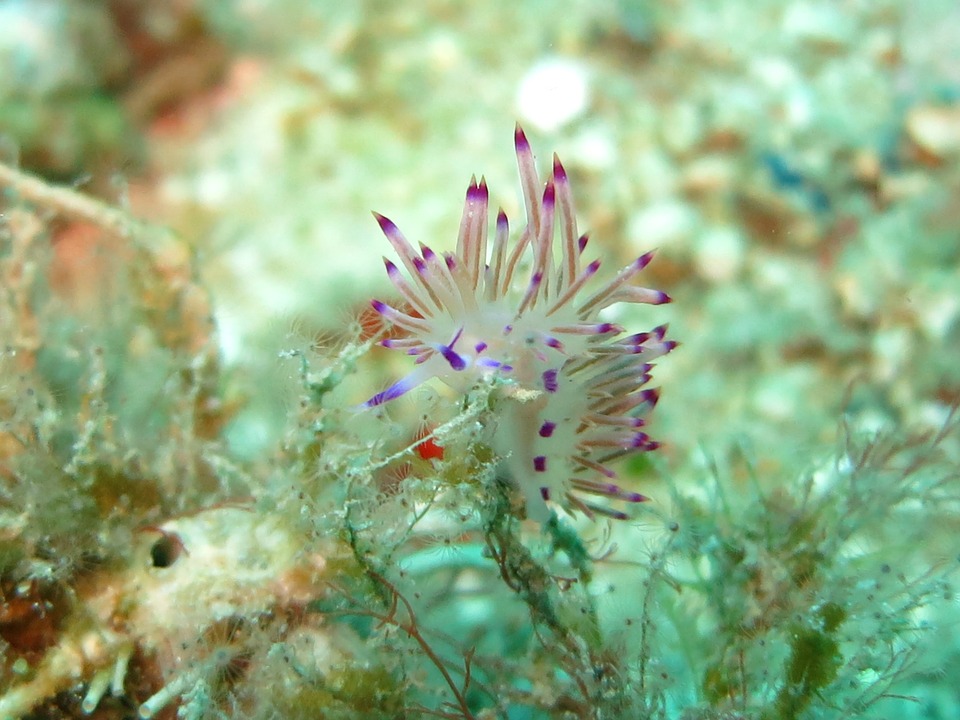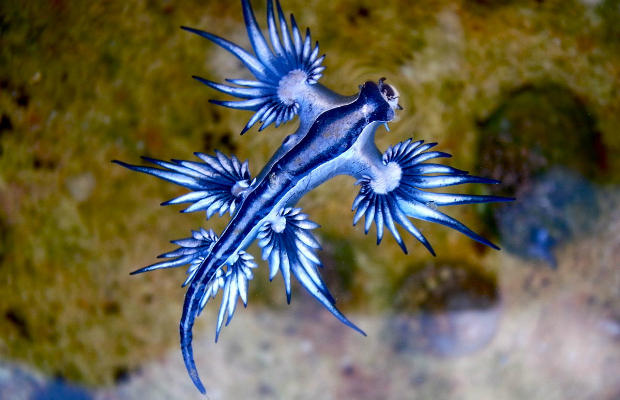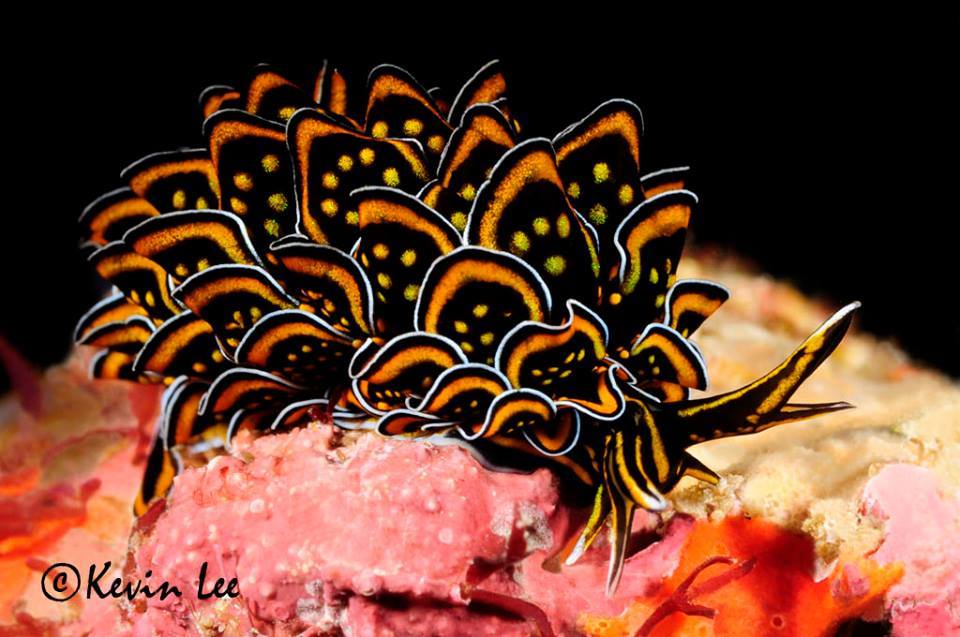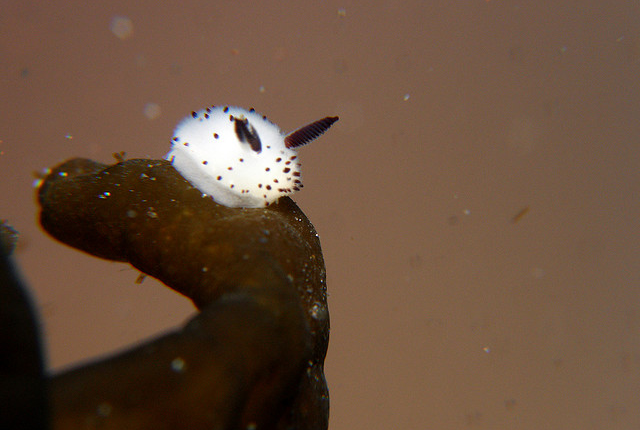Slug. It’s a pretty gross word, isn’t it? It draws to mind slimy grey alien-looking creatures that are hard to look at, let alone love. Now add the word sea to it. Sea slug. Not much better. So now it’s a slug under water? Still not very cool or very interesting, right? Oh, how wrong you are. There are about 3000 species of sea slugs found in our great glorious oceans, and a huge number of them are either really cute, really cool, or really weird.

Like most slugs, sea slugs are hermaphroditic creatures, which mean they don’t have an identifiable gender. This is immensely helpful in a world where chance meetings between sea slugs might be few and far between, especially since there are so many species of slugs in the ocean. When they come across their own species it’s vital that they can pass on their genes right then and there, because unfortunately sea slugs don’t live for a very long time. About a year is the longest lifespan a sea slug can expect, and that’s if they’ve been particularly fortunate in their oceanic experiences.
These cool looking critters are pretty low on the evolutionary food chain, which is kind of expected when you’re a bright herbivore that’s almost completely defenseless. The bright colors might cause some predators to pause, bright colors often meaning poison in nature, but that’s about all they have going for them. Most are also pretty small, topping out at around an inch, but some can reach a whopping 12 inches! The sea slugs often have small tentacles on their heads that essentially let them taste and smell to get around, but otherwise these slugs are almost completely blind. They see shadows, mostly.

Sylke Rohrlach, Wikimedia Commons // CC BY-SA 2.0
Those bright colors are a pleasure to look at for us humans, and we’ve even started to keep these bright little gastropods (snails and slugs) as pets in our home aquariums. They’re great as pets because they’re bright, peaceful, and help keep algae low in the tanks. They do have a habit of occasionally munching on anemone, who are often prized pets in an aquarium, which might deter some hobbyists from even daring to keep them around.

Despite being such primitive creatures, the sea slug Aplysia is actually helping provide scientists with knowledge about memory. While Aplysia only has about 10,000 neurons compared to our 100 billion, their neurons are large and easily accessible, making them ideal for research. The neurons of Aplysia are also very similar to a mammal’s, allowing them to be comparable to a human’s neurons.
Of the creatures that the scientists worked with, Aplysia showed a surprising ability to remember, and with their help we’ve begun to discover how memories are created. Admittedly these memories only last for about a week, but considering the sea slug only live for around a year it’s actually a rather impressive retention span. Who knows, maybe someday we’ll be able to use this knowledge to understand why memory-loss illnesses occur and, more importantly, how to cure these or prevent them altogether.
In the end, slugs are slugs, but aren’t these guys really pretty? Plus, saving the best for last, there’s a sea slug that looks like a cute little white bunny.
